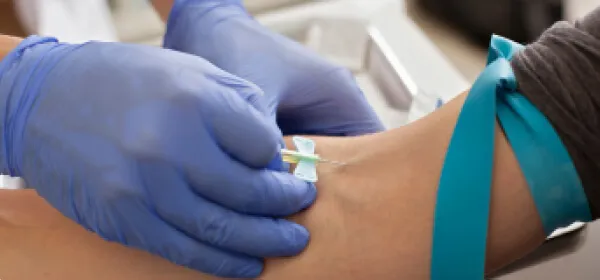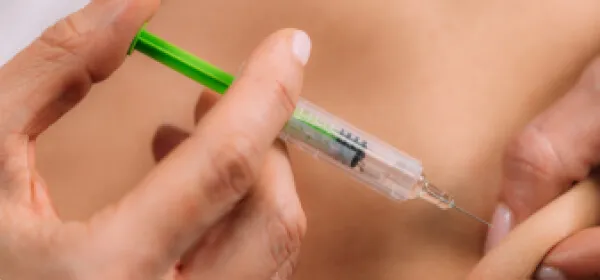Bioidentical hormone replacement therapy (HRT) is a general term for treatments in which natural hormones are administered to compensate for a decrease or deficiency in the hormones that the body naturally produces. It is in cases where female hormones (estrogen and progesterone) decrease during menopause, and also male hormones (testosterone) may be supplemented.
When hormones drop, a variety of symptoms may appear. Below are some of the symptoms that may accompany common hormonal declines. However, these symptoms vary depending on the specific hormone type and amount, and also vary depending on the individual's condition. Additionally, these symptoms are not necessarily due to hormonal decline. Consultation with a doctor is required for proper diagnosis and treatment.
Estrogen is a type of female hormone produced primarily by the ovaries, but some is also produced by the adrenal glands and adipose tissue. This hormone plays an important role in the development of female sexual characteristics, reproductive organs, and the regulation of the menstrual cycle.
Dehydroepiandrosterone (DHEA) is a type of hormone produced by the adrenal glands and is found in both men and women.
Human Growth Hormone (HGH) is an important protein hormone produced in the body that influences many physiological functions.
Testosterone is a male hormone (androgen) that influences a variety of physiological functions.
It produces thyroid hormones, which affect metabolism, growth, and energy use in the body.
It is a type of treatment that uses molecules made up of short amino acid chains called peptides. These peptides play a variety of physiological functions in the body and are used to promote the improvement of diseases and disorders. Peptides are a type of protein that are made up of amino acids linked together in a specific order.
Peptides are short chain molecules of amino acids joined in a specific order. Amino acids are the basic building blocks of biomolecules, and peptides are usually made up of 2 to 50 amino acids linked together. When 50 or more amino acids are linked together, it is called a polypeptide. Furthermore, when hundreds to thousands of amino acids are bonded together, this is called a protein.
BPC-157 (Body Protecting Compound-157) is a type of peptide that is expected to promote cell repair and regeneration. It is part of a peptide, a molecule made up of a specific order of amino acids. BPC-157 is bioavailable even when ingested through the gastrointestinal system and has been particularly implicated in gastrointestinal tissue repair and regeneration. Research has also shown that it may promote the regeneration of tissues such as muscles and joints.
GHRP (Growth Hormone Releasing Peptide) is a group of peptides that promote the release of growth hormone. These peptides stimulate growth hormones, which in turn are involved in the body's growth and metabolism. The following are general characteristics of GHRP, but these are based on research findings rather than medically established information.
GHRH (Growth Hormone Releasing Hormone) is a hormone that promotes the release of growth hormone. The following are general characteristics of GHRH.
Brain peptides are fragments derived from proteins in the brain, and are composed of two or more amino acids linked together. Normally, brain peptides are composed of about 2 to 100 amino acids. These peptides play important roles in various physiological functions, such as information transmission between cells such as neurons and glial cells in the brain, and hormone secretion.
Bromelanotide is a peptide consisting of 20 amino acids found in pineapple stems and leaves that promotes fat breakdown. Although this peptide is highly safe and has few side effects, pregnant and breastfeeding women should avoid taking it. In order to enhance the effects of bromelanotide, it is important to have a balanced diet and moderate exercise.
Thymic hormones are important hormones in the immune system that are produced in an organ called the thymus gland. This hormone influences the maturation and activation of T lymphocytes and contributes to the normal development of the immune response.
First, we carefully listen to the patient's wishes and assess the patient's condition. The doctor will then explain the purpose, treatment details, safety, etc.

After obtaining consent from the patient, we will draw blood and conduct tests. When blood is drawn, various tests are performed to check for infectious diseases such as viruses. And to check hormone levels

Based on the test results, we will prescribe hormone drugs and begin treatment.

Blood will be drawn at regular intervals.
